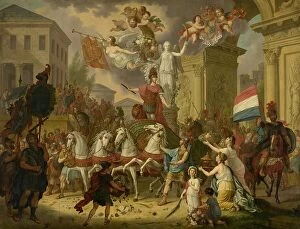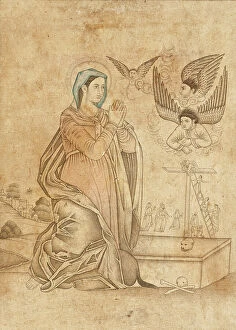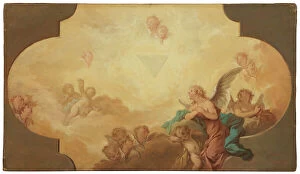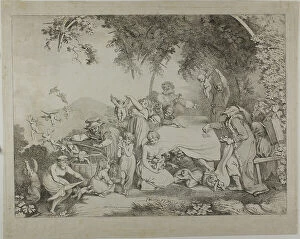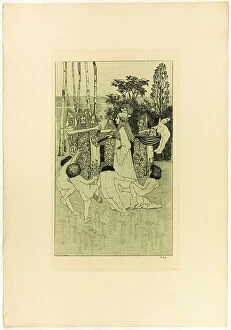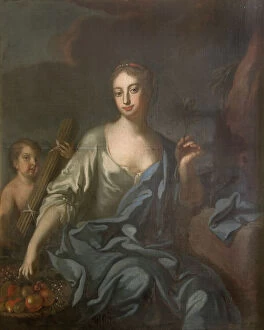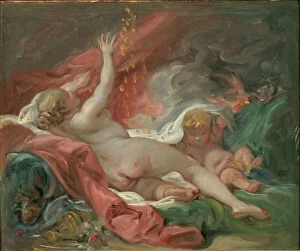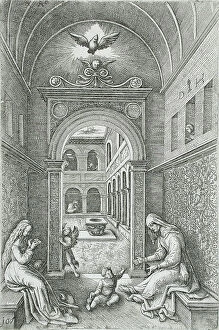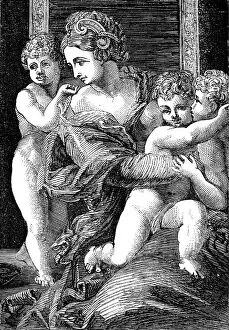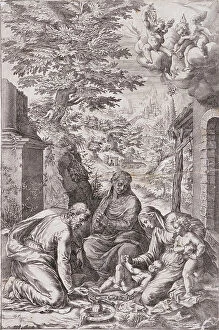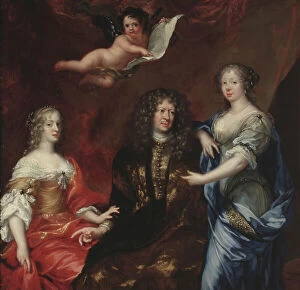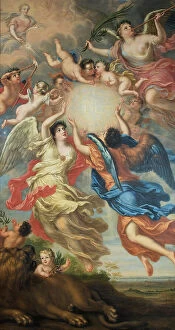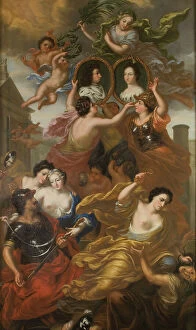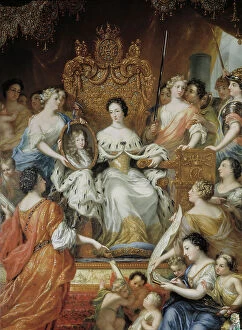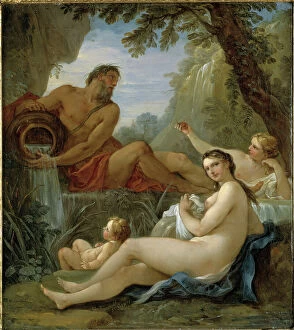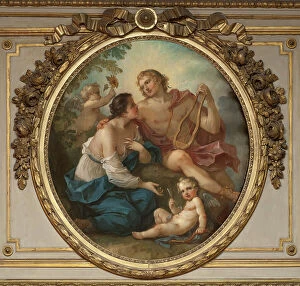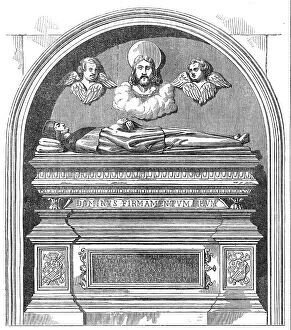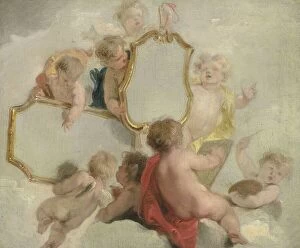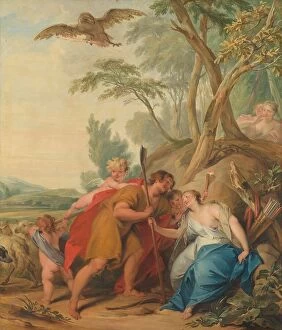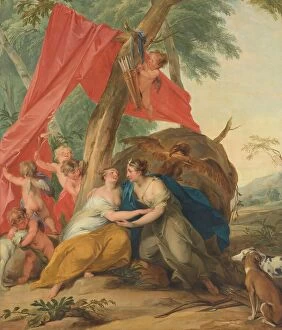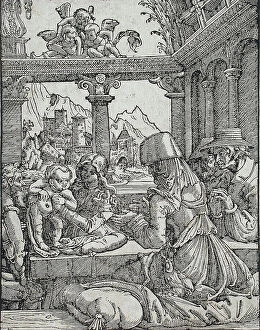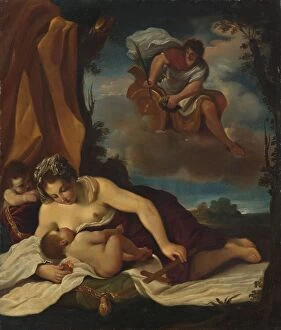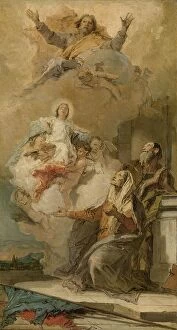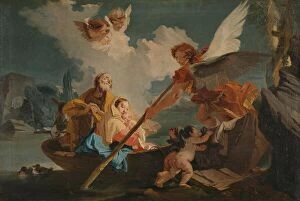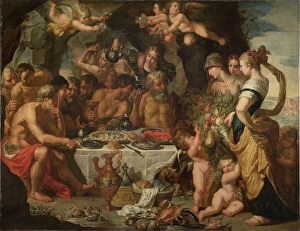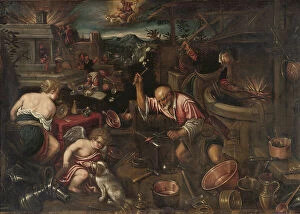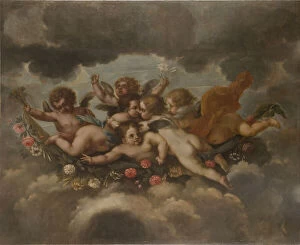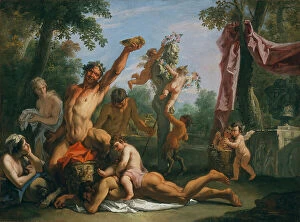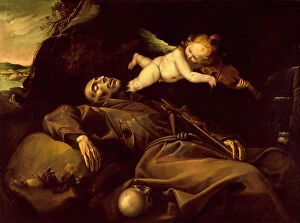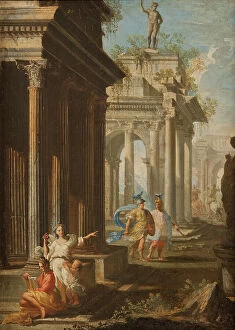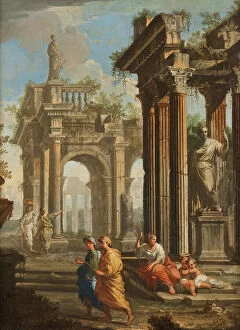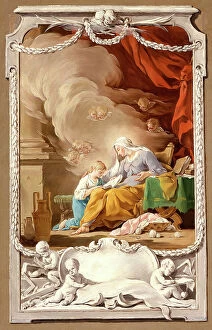Cherubs Collection (#7)
"Captivating Cherubs: A Heavenly Presence in Art and Culture" Cherubs, those enchanting celestial beings with their innocent smiles and delicate wings
For sale as Licensed Images
Choose your image, Select your licence and Download the media
"Captivating Cherubs: A Heavenly Presence in Art and Culture" Cherubs, those enchanting celestial beings with their innocent smiles and delicate wings, have long captured the imagination of artists throughout history. From classical paintings to intricate engravings, these cherubic figures have adorned numerous masterpieces, adding a touch of ethereal beauty. In Alexandre Cabanel's renowned painting "The Birth of Venus, " cherubs surround the goddess as she emerges from the sea, symbolizing love and fertility. Their angelic presence enhances the divine atmosphere of this iconic artwork. Jodocus Hondius' engravings also feature cherubs prominently. In his depictions of Yorkshire and Lincolnshire, these heavenly creatures grace the landscapes with their graceful forms. Their inclusion adds a sense of purity to these picturesque regions. Raphael's masterpiece "The Sistine Madonna" showcases two cherubim at the bottom corners of the painting. With their chubby cheeks and adoring gazes towards Mary and baby Jesus, they epitomize innocence and devotion. Another engraving by Jodocus Hondius portrays Rutlandshire alongside Stanford and Oukham. Here again, we find charming cherubs fluttering above idyllic countryside scenes - a testament to their enduring appeal across different artistic mediums. Beyond visual arts, they have also made appearances in cultural events like Cardinal de La Rochefoucauld's concert at Rome's Argentina Theatre. These winged darlings added an element of whimsy to musical performances that delighted audiences for centuries. From Italian wedding cards to St Luke's depiction of Virgin Mary on canvas, cherubs continue to captivate hearts with their tender expressions and gentle demeanor, and are often associated with important religious events such as Archangel Gabriel announcing good news or witnessing The Ascension of Jesus Christ into heaven. Even in Jean-Baptiste Marie Pierre's "Cupids Target, " part of Les Amours des Dieux, cherubs take center stage.

